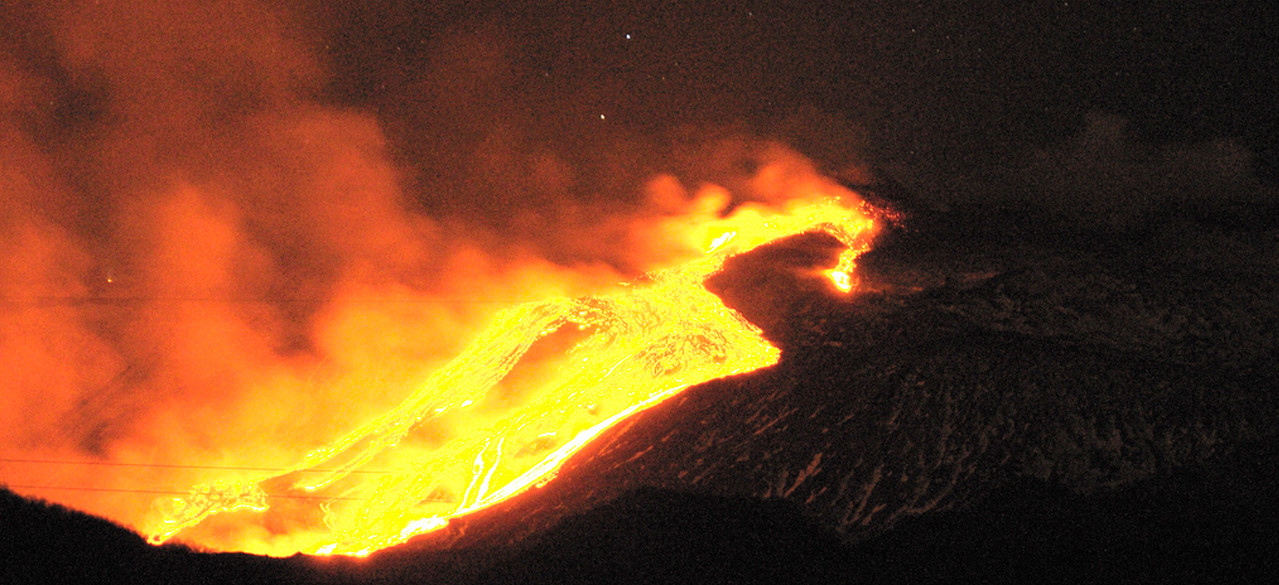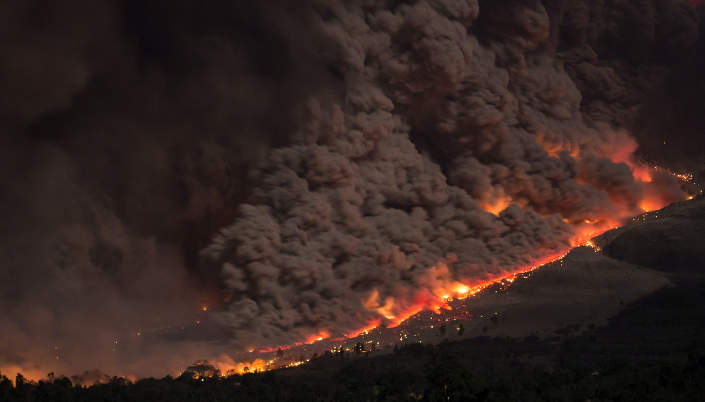

Mount Etna Lights up Sicilian Sky with Dramatic Eruption
08 Dec 2015 by Olga Brighton
It’s been almost two years since the last time Europe’s tallest volcano has erupted. On December 5th, Mount Etna erupted in its deadly majesty, pushing out the airborne ash and lava into the Mediterranean sky. The eruption had been predicted by geologists, who warned about the unusual activity inside the Vogarine within the last three months. The spectacular lightning and smoke show lasted in less than an hour and was named as one of the most violent volcano eruptions during the recent decades.

Important Facts
- Mount Etna is considered one of the prime tourist attractions to the island as it towers over Catania and many of the travellers hope to witness the next eruption.
- Mount Etna has the longest documented history as one of the most famous volcanoes in the world.
- The deadliest eruption happened in 1669, when the flowing lava covered the part of Catania, destroying all settlings on its way.
- After 2001, the volcano erupted approximately once every 2 years. Since 2007, the eruptions were likely to occur every year.
- Mount Etna is a stratovolcano, which means it looks like a pyramid on a horizon and is believed to be the most dangerous type of existing volcanoes.
- Etna, which stands at more than 10,500 feet above the sea level, is the tallest volcano in Europe.
- During the last thousand years of its history, Mount Etna has taken 77 lives due to its frequent eruptions, however the locals see it as a God’s blessing rather than a deadly threat.
In case you plan a trip to Sicily or nearby areas, make sure you monitor the latest media reports to be updated on any further volcanic activity. Not all travel insurance covers volcanic activity so be sure to read your policy to avoid any nasty surprises.
Read also: Globelink’s Most Popular Travel Insurance Questions
We accept


